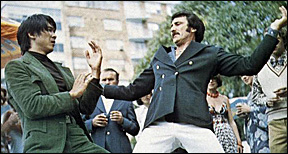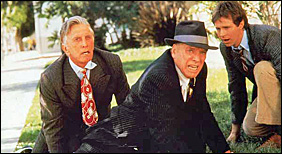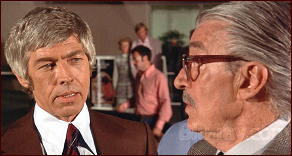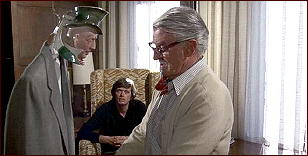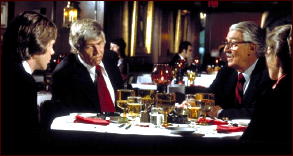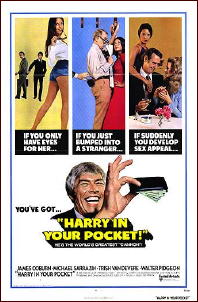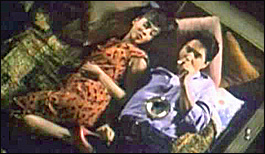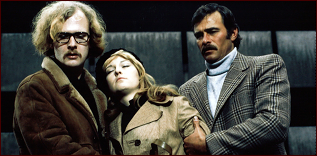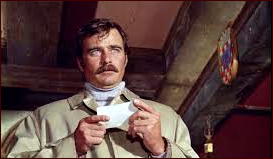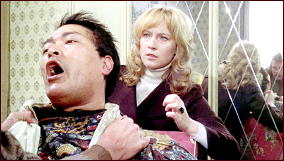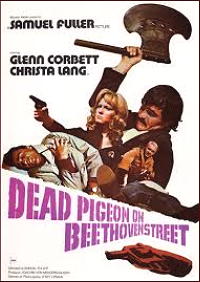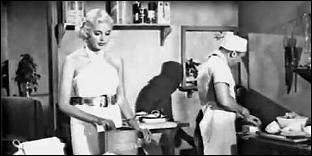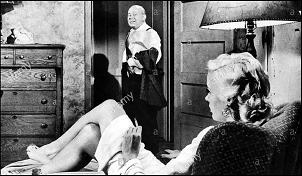Tue 5 Sep 2017
A Movie Review by Dan Stumpf: GUN MOLL (1938).
Posted by Steve under Crime Films , Reviews[4] Comments
GUN MOLL. Million Dollar Productions, 1938. Also released as Gang Smashers. Nina Mae McKinney, Laurence Criner, Monte Hawley and Mantan Moreland. Written by Ralph Cooper and Hazel Barsworth. Produced by Harry M. Popkin. Directed by Leo C. Popkin.
This one surprised me.
Readers who hang on to my every word will know I’m a big fan of all sorts of strange movies, including those made decades ago with all-black casts for all-black audiences, back when segregation was more tangible than it is today. There’s a lot of raw talent in these films, showcasing performers like Mantan Moreland, Bill Robinson, Herb Jeffries, Ethel Waters, Clarence Muse… I could go on, but you get the idea.
Unfortunately the fine talent is often obscured by poor production values and technical teams unfamiliar with technique: poor sound, bad lighting and amateurish acting are the order of the day for these films, shot on schedules and budgets that would have defeated even the lowest of low-budget Hollywood producers.
Imagine my surprise then, when I discovered Gun Moll, a cheap but near-professional effort produced by none other than Harry M. Popkin, very early in his career. And again, those readers who weep with delight at my smile will recall immediately my review of Champagne for Caesar where I singled Producer Popkin out for praise: his other efforts include And Then There Were None, D.O.A. and The Thief, but he got his start out there on the ragged edge of film-making, doing films the establishment ignored or despised.
And doing them well. Gun Moll crackles with the sort of pace one associates with the early Warners gangster pics. Beautiful Nina Mae McKinney stars as an investigator working undercover as a singer in the nightclub used by gang boss Monte Hawley as a front for his Protection Racket — which gives her an excuse to provide some fine musical interludes backed by a snappy jazz band, while sneaking about the place doing whatever undercover gals do in the movies.
About this time Laurence Criner shows up in the George Raft part as a hired gun on loan from another gang, and if you can’t guess that he’s really another Under Cover Man, well you’re in good company because Ms. McKinney doesn’t tumble either.
Years later this was used in a Claire Trevor / Fred MacMurray film, but that’s a review for another time. Suffice it to say that things fall into place just in time for a well-paced chase scene followed by a Cagney-esque slug fest, done with the kind of vigor and professionalism that normally graces much bigger-budgeted movies.
In fact, Gun Moll is marked by assured handling and effects normally reserved for more respectable movies, tricked out with stylish montages, clever editing and a sense of pace all too rare in B movies. And of course it languished unnoticed as producer Popkin moved on to bigger and (frankly) better things.
But I’ll always have a soft spot for this one.
